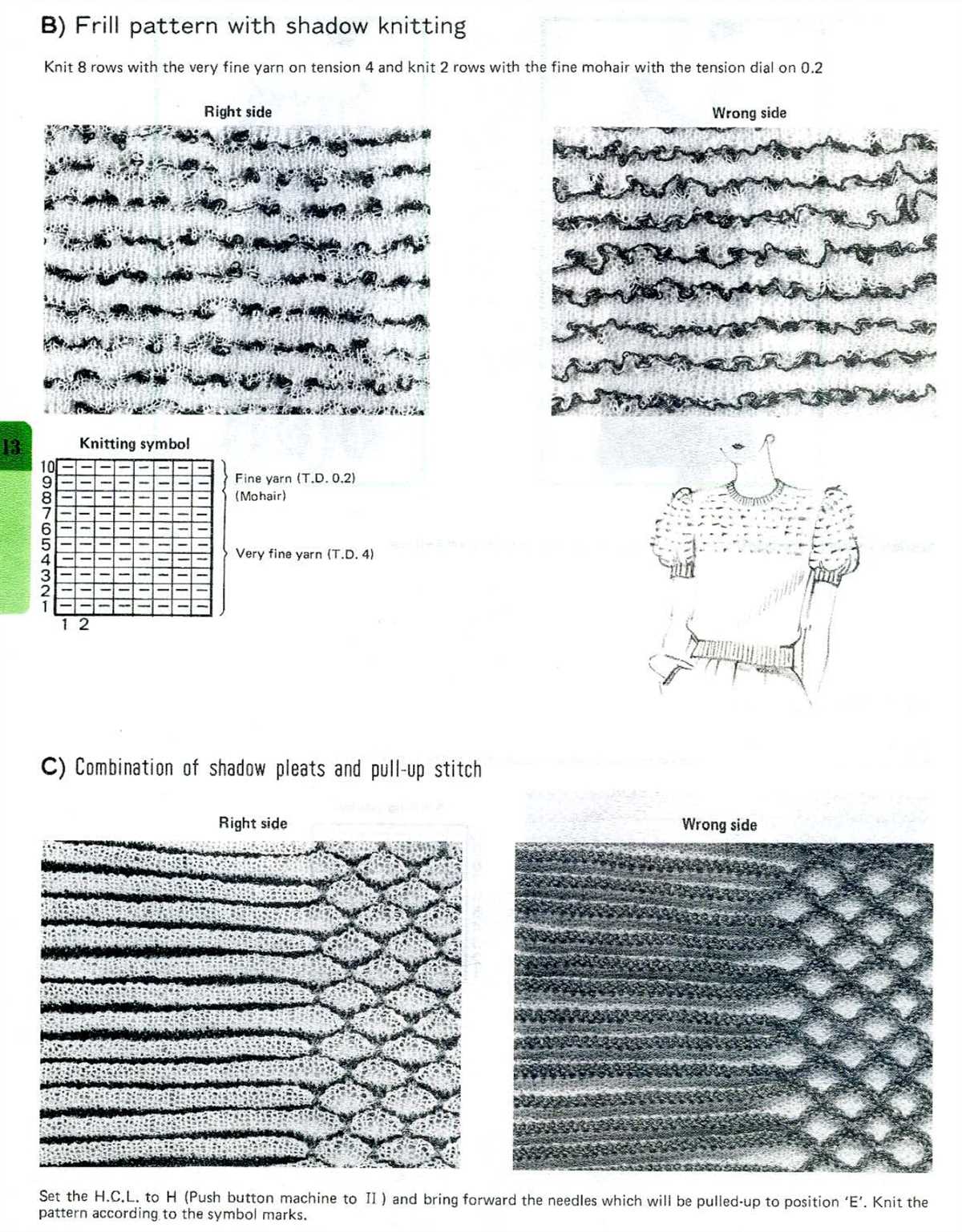
Shadow knitting is a fascinating technique that allows you to create stunning optical illusions in your knitting projects. By knitting with two colors and alternating between knits and purls, you can create hidden images that appear and disappear depending on the angle from which they are viewed. This unique effect is achieved by using the play of light and shadow created by the alternating knits and purls.
Shadow knitting patterns are gaining popularity among knitters around the world due to their ability to add an extra layer of creativity and visual interest to any project. From simple geometric designs to intricate portraits and landscapes, the possibilities are endless when it comes to shadow knitting. Whether you’re a beginner or an experienced knitter, there’s a pattern out there for everyone.
One of the advantages of shadow knitting is that it doesn’t require any specialized equipment or materials. You can use any yarn of your choice and just need to be proficient in basic knitting techniques. The key to successful shadow knitting lies in understanding the mechanics of the technique and being able to read the charts accurately. Once you’ve mastered these skills, you’ll be able to create unique and captivating designs that will impress both yourself and others.
What is Shadow Knitting?
Shadow knitting is a unique knitting technique that uses alternating rows of knit and purl stitches to create hidden images or patterns in the fabric. When viewed from one angle, the fabric appears to be a simple striped or textured pattern, but when viewed from another angle, the hidden design is revealed.
This optical illusion is achieved by using two colors of yarn and alternating between knitting and purling the stitches. The knit stitches create raised blocks of color, while the purl stitches create recessed blocks. By strategically placing these blocks of color in specific patterns, the hidden design is formed.
To create a shadow knitting pattern, you will need a chart or pattern that specifies where to knit and where to purl in each row. The chart will typically show both the front and back sides of the fabric, as the pattern is different on each side. It’s important to follow the chart carefully to ensure that the hidden design is revealed correctly.
Shadow knitting patterns can range from simple geometric designs to more intricate images or text. Some popular designs include hearts, stars, and words. The possibilities are endless, and you can even create your own custom patterns by charting out your desired design.
Creating a shadow knitting project can be a fun and engaging way to experiment with different color combinations and create unique, personalized items. Whether you choose to make a scarf, blanket, or sweater, shadow knitting is sure to impress with its captivating and mysterious patterns.
How to Create Shadow Knitting Patterns
Shadow knitting is a technique that creates visually stunning patterns by alternating two colors of yarn. The patterns are only visible from certain angles, giving the illusion of a shadow. If you’re interested in trying your hand at shadow knitting, here are some tips to get you started.
Choose your colors: The first step in creating a shadow knitting pattern is to choose two contrasting colors of yarn. One color will be your “shadow” color and the other will be your “non-shadow” color. For the best effect, choose colors that have a significant difference in tone or shade.
Create a chart: Once you have your colors selected, you can create a chart to plan out your pattern. Each square on the chart represents one stitch, and you will alternate between shadow and non-shadow colors to create the desired design. You can use graph paper or knitting software to create your chart, making sure to label each square with the corresponding color.
Knit the base: To begin your shadow knitting project, you will first need to knit a base of alternating rows of shadow and non-shadow colors. This will establish the foundation for your pattern and create the illusion of shadow. You can choose any stitch pattern for your base, such as garter stitch or stockinette stitch.
Work the pattern rows: Once your base is complete, you can start working the pattern rows to create the desired design. The pattern rows will involve strategically knitting or purling stitches in either the shadow or non-shadow color, following the chart you created. As you work the pattern rows, the shadowed areas will appear more prominent, creating the illusion of a shadow.
Repeat and block: After completing the pattern rows, you can repeat them as many times as necessary to achieve the desired length for your project. Once you’re finished knitting, make sure to block your piece to even out the stitches and enhance the shadow effect. Blocking involves wetting or steaming the knitted fabric and shaping it to the desired dimensions.
With these steps, you can create stunning shadow knitting patterns that will impress anyone who sees them. Whether you choose to knit scarves, blankets, or even garments, shadow knitting will add a touch of intrigue and artistry to your projects.
Tips for Choosing Colors for Shadow Knitting
Choosing the right colors for shadow knitting can greatly enhance the visual impact of your finished project. Here are some tips to help you make the best color choices:
Contrasting Colors:
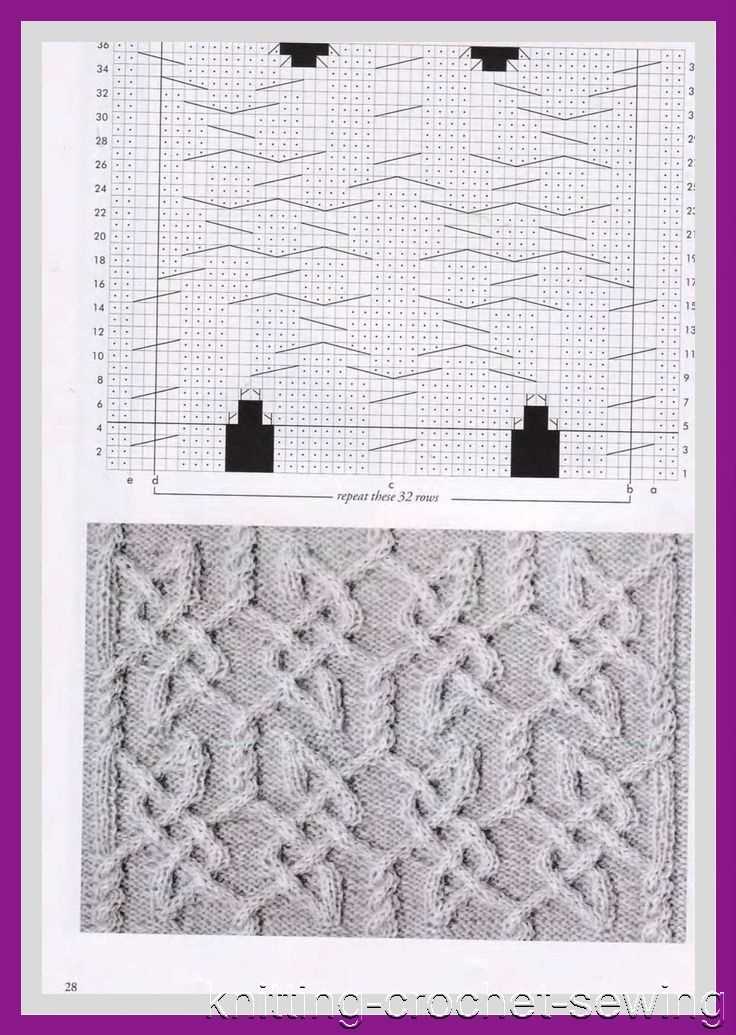
When selecting colors for shadow knitting, it’s important to choose contrasting shades. Shadow knitting relies on the alternating visible and hidden rows to create the illusion of different patterns. Opt for colors that have a significant difference in brightness or saturation to ensure a clear distinction between the two layers.
Bright vs. Neutral:
Consider the overall effect you want to achieve with your shadow knitting project. If you want it to be bold and eye-catching, opt for bright and vibrant colors. On the other hand, if you prefer a more subtle and sophisticated look, choose neutral or pastel shades. The choice of colors will greatly impact the final appearance of your pattern.
Color Patterns:
Experiment with different color patterns to create unique and dynamic effects. You can use a single color for one layer and a different color for the other, or employ gradients and ombre transitions to add more depth to your design. Additionally, try alternating between warm and cool colors to create a visually striking contrast.
Swatch Testing:
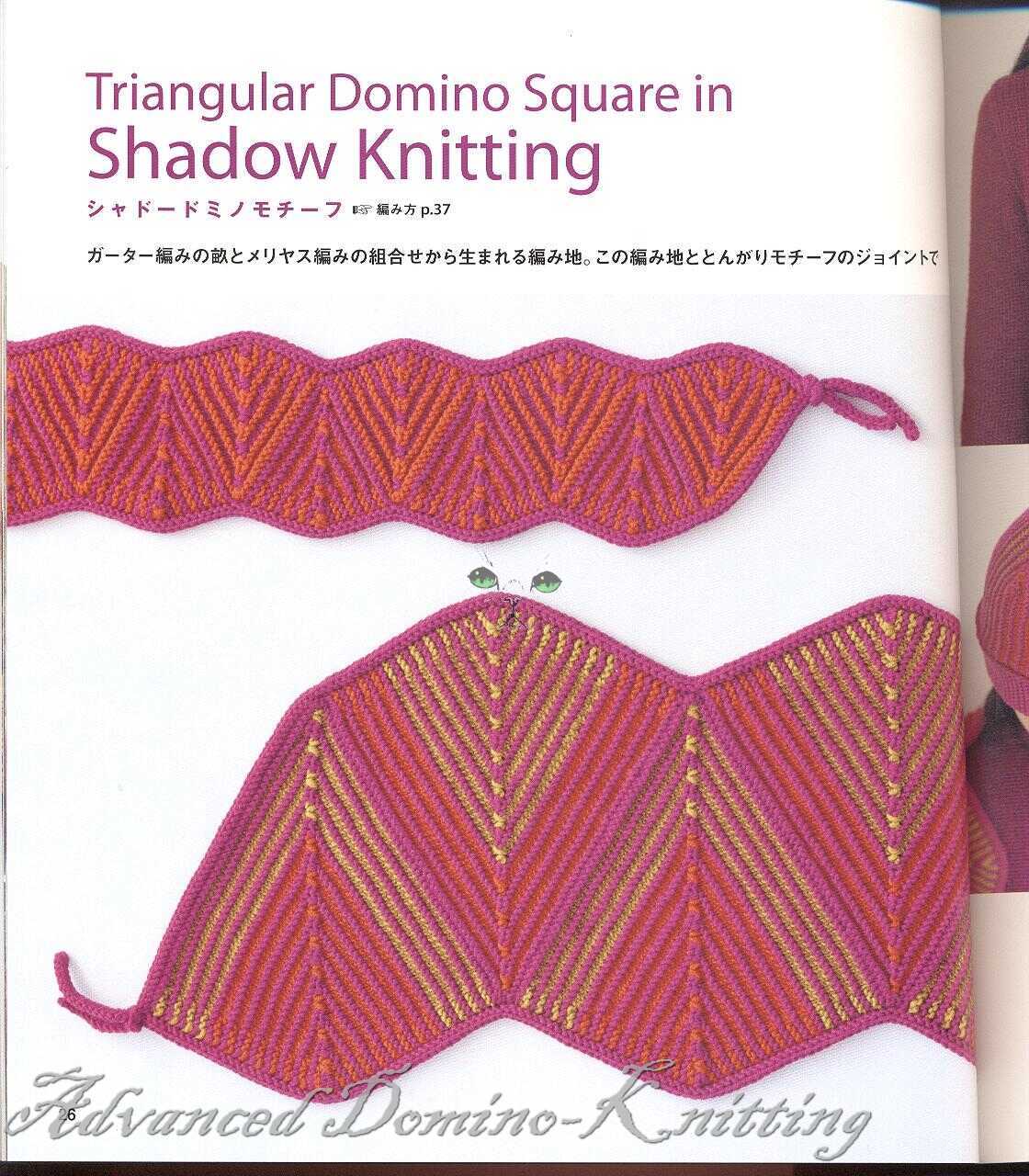
Before committing to specific colors, it’s always a good idea to create a swatch to test how the colors interact in shadow knitting. Knit a small sample to see how the colors blend and contrast with each other. This will help you identify any issues or unintended color combinations that don’t work well together.
By following these tips, you can confidently select colors that will enhance the visual impact of your shadow knitting projects. Remember to have fun and experiment with different color combinations to create truly unique and stunning patterns.
Popular Shadow Knitting Designs
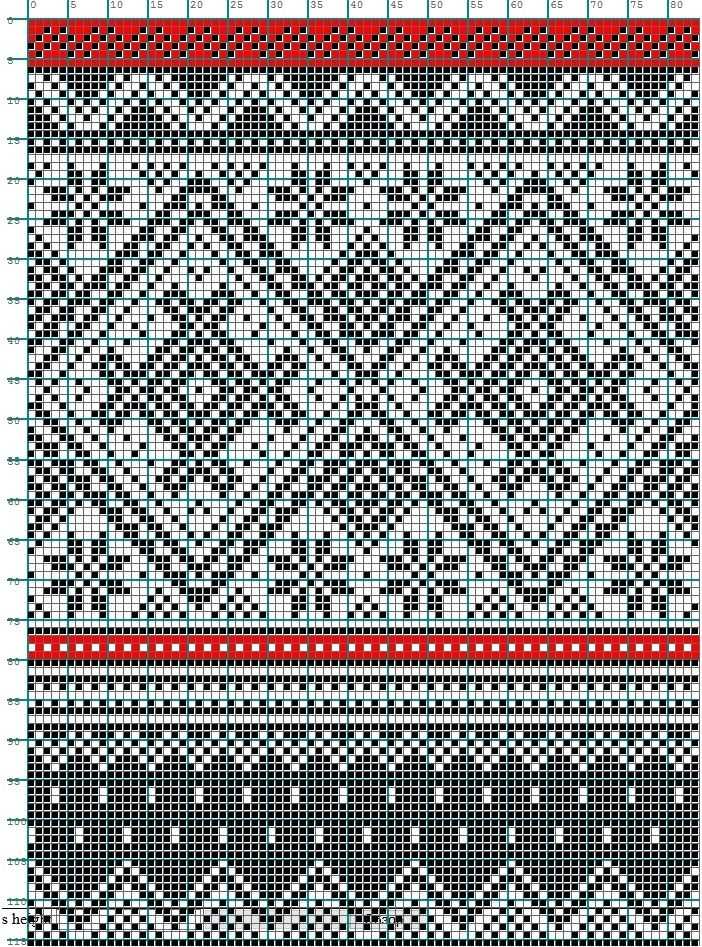
Shadow knitting is a unique and captivating technique that creates subtle and intriguing designs in knitwear. By alternating knit and purl stitches and using contrasting colors, shadow knitting can produce beautiful images and patterns that only reveal themselves when viewed from a certain angle or with a specific lighting.
One popular shadow knitting design is the “illusion” pattern, which creates the illusion of two different images or patterns. When viewed straight-on, the design may appear as simple stripes or geometric shapes. However, when viewed from an angle, a hidden image or pattern is revealed. This effect adds an element of surprise and intrigue to the finished garment.
The checkerboard illusion: This design creates a visually stunning checkerboard pattern that seems to shift and change as you move around it. The squares seem to alternate between two different colors or shades, creating a dynamic and captivating effect. This pattern works well on scarves, blankets, or accessories like hats and mittens.
The animal silhouette: Another popular shadow knitting design is the animal silhouette. This pattern features a subtle image of an animal, such as a cat, dog, or bird. The image may be hidden within a striped pattern and only becomes visible when viewed from a specific angle. This design can be used on sweaters, blankets, or even as a focal point on a hat or bag.
- Geometric maze: The geometric maze pattern is an intricate and captivating design that can be created using shadow knitting. This pattern features a maze-like structure with intricate lines and shapes that seem to twist and turn. The maze may be visible only from certain angles or when viewed under specific lighting conditions. This design is perfect for scarves, shawls, or even as a decorative element on a pillow or blanket.
- The floral garden: Another stunning shadow knitting pattern is the floral garden design. This pattern incorporates floral motifs, such as roses, tulips, or daisies, into a striped or geometric pattern. When viewed from a specific angle, the flowers seem to appear and create a beautiful garden effect. This pattern is ideal for shawls, wraps, or as a decorative element on a sweater or cardigan.
In conclusion, shadow knitting offers endless possibilities when it comes to creating unique and captivating designs. Whether you prefer geometric patterns, animal silhouettes, or floral motifs, there are plenty of popular shadow knitting designs to choose from. So, grab your knitting needles and yarn, and start creating your own mesmerizing shadow knitting masterpiece.
How to Read Shadow Knitting Charts
Shadow knitting is a form of knitting that creates a hidden pattern when viewed from a specific angle. To create shadow knitting patterns, you will need to follow a chart that depicts the design in both its visible and hidden states. Reading shadow knitting charts may seem intimidating at first, but with a little practice, you can easily decipher the patterns and create stunning projects.
Understanding the Chart Symbols
Before you start reading a shadow knitting chart, it’s essential to familiarize yourself with the symbols used in the chart. The chart will typically include symbols for the right-side rows (RS) and the wrong-side rows (WS). The RS symbols usually represent the visible pattern, while the WS symbols represent the hidden pattern. These symbols can be represented by different colors or different stitch combinations.
In addition to RS and WS symbols, you will also find symbols for knit (k) and purl (p) stitches. These symbols will indicate which stitches to work on each row. Pay close attention to these symbols as they determine the structure and appearance of the final pattern.
Following the Chart Rows
When reading a shadow knitting chart, you will need to work row by row, following the instructions for each stitch symbol. Start at the bottom-right corner of the chart and work your way up, following the row numbers. Reading the chart from right to left will usually correspond to knitting from left to right in your actual project.
For each row, identify the RS or WS symbols and follow the corresponding stitch instructions. Knit or purl the indicated stitches as directed, always paying attention to the stitch symbols and how they relate to the overall pattern. Repeat the chart rows as necessary to complete your shadow knitting design.
Checking Your Progress
As you work through the shadow knitting chart, it’s a good idea to periodically step back and check your progress from the desired viewing angle. This will help you ensure that the hidden design is emerging correctly. Adjust your tension and stitch size if necessary to achieve the desired result. Remember that shadow knitting relies on the contrast between the visible and hidden patterns, so it’s important to maintain consistency in your knitting.
With practice and patience, you will become more comfortable with reading shadow knitting charts and creating intricate designs. Experiment with different chart patterns and color combinations to create unique and eye-catching shadow knitting projects.
Common Mistakes to Avoid in Shadow Knitting
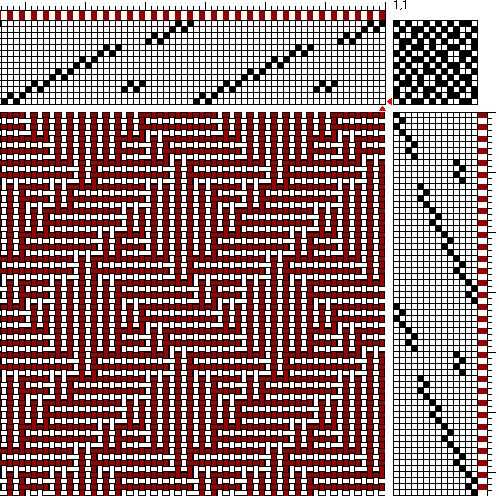
Shadow knitting is a versatile technique that creates stunning and intricate designs using simple knit and purl stitches. However, like any skill, it takes practice to perfect, and there are some common mistakes that beginners should avoid. In this article, we will discuss some of these mistakes and provide tips on how to prevent them.
1. Incorrect stitch count:
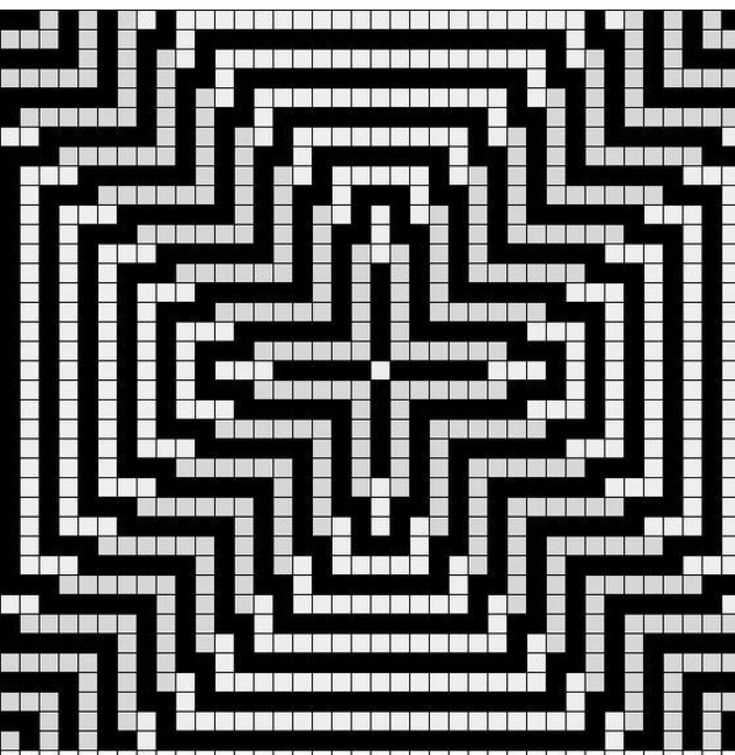
One of the most common mistakes in shadow knitting is having an incorrect stitch count. This can happen if you accidentally knit or purl too many or too few stitches in a row. To avoid this, it is essential to carefully follow the pattern instructions and keep track of your stitch count as you work. Using stitch markers or a row counter can also help you stay on track.
2. Not using the correct yarn and needle size:
Another mistake to avoid in shadow knitting is not using the correct yarn and needle size recommended in the pattern. The yarn and needle size can significantly impact the final result of your project, especially when creating shadow designs. Using a different weight or gauge of yarn than what is specified in the pattern can result in a distorted or uneven design. Always check the pattern for the recommended yarn and needle size and make sure to swatch to ensure your gauge matches.
3. Inconsistent tension:
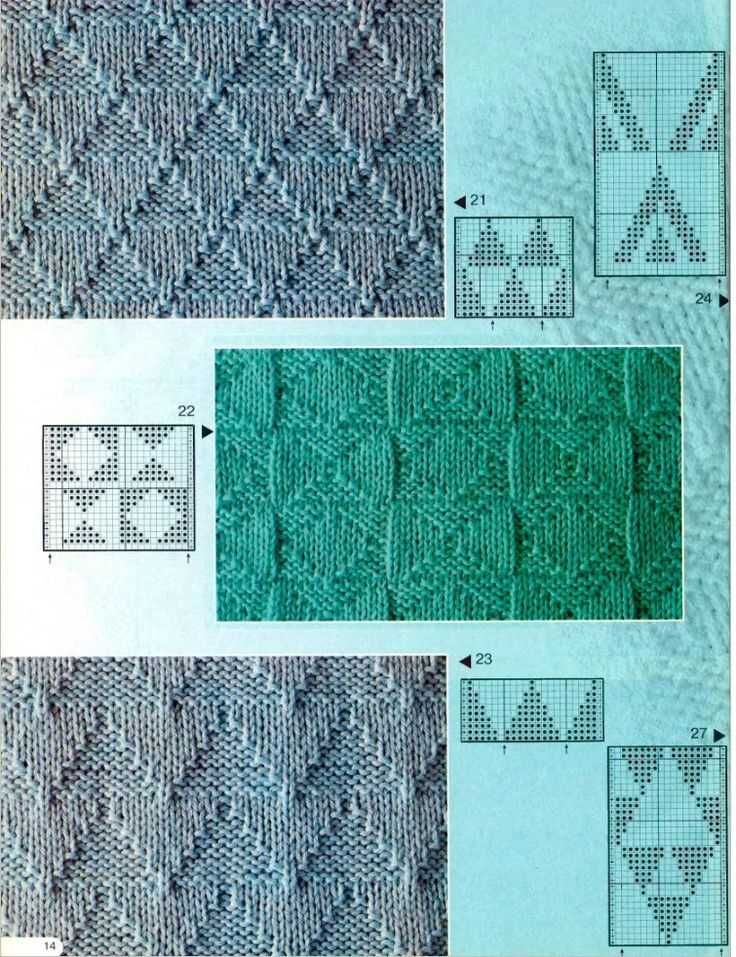
Tension consistency is crucial in shadow knitting, as it affects the visibility and definition of the shadows in the design. One common mistake is not maintaining consistent tension throughout the project, resulting in uneven stitches and an unclear design. To avoid this, practice knitting with even tension and take breaks if you find yourself becoming fatigued. Knitting with relaxed hands and using proper technique can also help you maintain consistent tension.
4. Not blocking the finished project:
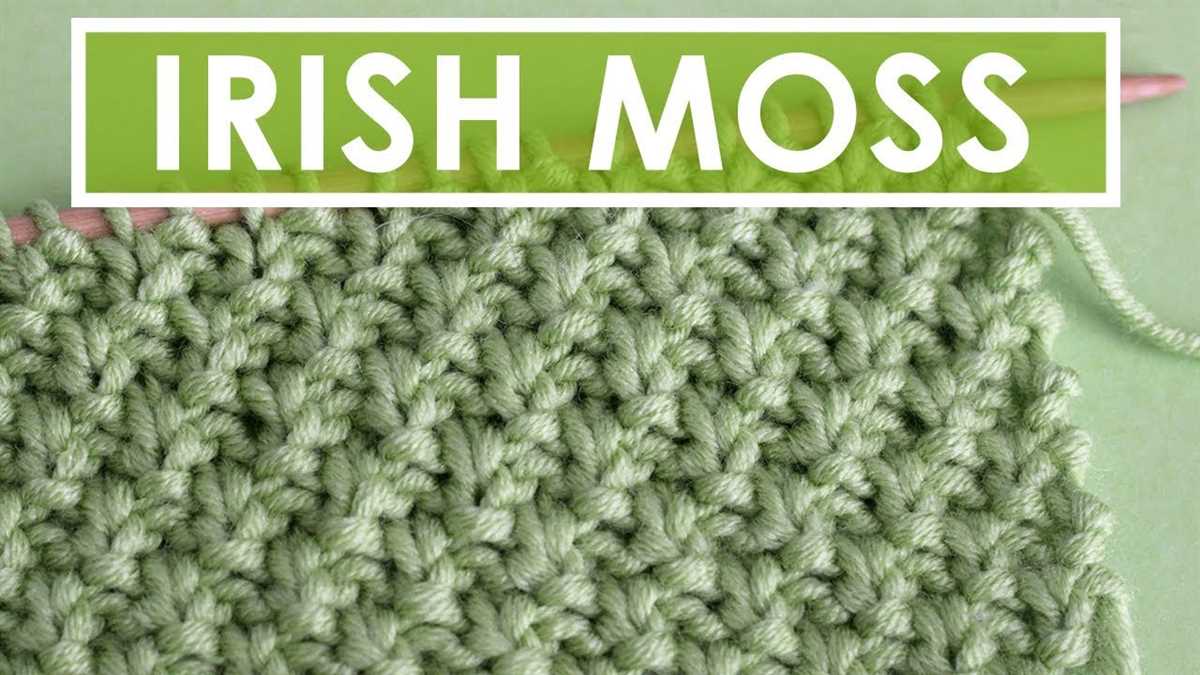
Blocking is an essential step in shadow knitting to enhance the overall look of the design. Unfortunately, it is also a mistake that many beginners skip or overlook. Blocking helps to even out stitches, open up the design, and improve the drape of the fabric. Make sure to follow the blocking instructions provided in the pattern and invest in blocking tools, such as blocking mats and pins, to achieve the best results.
- Correcting these common mistakes can make a significant difference in the final outcome of your shadow knitting projects. By paying attention to stitch count, using the right yarn and needle size, maintaining consistent tension, and blocking the finished project, you can create beautifully defined and visually striking shadow designs.
- Remember, practice makes perfect, and with time, patience, and attention to detail, you’ll become a master of shadow knitting patterns.
Shadow Knitting vs. Other Knitting Techniques
Shadow knitting is a unique and fascinating knitting technique that allows you to create hidden patterns in your fabric. Unlike other knitting techniques, shadow knitting relies on the use of strategically placed knit and purl stitches to create the illusion of different shades of color and texture in the fabric.
One of the key differences between shadow knitting and other techniques, such as Fair Isle or intarsia, is the way the patterns are created. In Fair Isle knitting, for example, different colored yarns are used to create intricate motifs and patterns. In intarsia knitting, separate pieces of yarn are used to create blocks of color and design. With shadow knitting, the patterns emerge through the manipulation of knit and purl stitches, creating a subtle play of light and shadow.
Another difference is the versatility of shadow knitting. While other techniques may be limited to specific types of projects or designs, shadow knitting can be used to create a wide range of items, from scarves and hats to blankets and garments. The simplicity of the knit and purl stitches used in shadow knitting also makes it accessible to knitters of all skill levels.
Furthermore, shadow knitting offers a unique visual effect that is not often found in other techniques. By changing the angle at which the fabric is viewed, the hidden patterns can be revealed or hidden, adding an element of surprise and visual interest to the finished piece. This dynamic quality sets shadow knitting apart from other techniques and makes it a popular choice among knitters looking to add a touch of intrigue to their projects.
In conclusion, shadow knitting stands out from other knitting techniques due to its unique approach to creating hidden patterns and its versatility in creating a wide range of items. Its visual effect and ease of execution make it an appealing choice for knitters of all levels, looking to explore new and exciting ways to incorporate patterns into their projects.
Shadow Knitting for Beginners
If you are new to the world of knitting and looking for a fun and unique technique to try, shadow knitting might be just what you need. Shadow knitting is a simple yet effective method that creates hidden patterns within your knitted fabric. With just a few basic techniques, you can easily create impressive designs that will amaze your friends and family.
What is Shadow Knitting?
Shadow knitting is a technique that uses two colors of yarn to create a simple geometric pattern that is only visible from certain angles. When viewed straight on, the fabric appears to have a subtle stripe pattern. However, when viewed from an angle, the hidden pattern reveals itself. This optical illusion is created by alternating between knitting with the main color yarn and purling with the contrasting color yarn.
Getting Started with Shadow Knitting
To get started with shadow knitting, you will need two contrasting colors of yarn and a pair of knitting needles. It’s best to choose yarns with a high contrast so that the hidden pattern is more visible. You can start with a simple project like a scarf or a dishcloth to get the hang of the technique before moving on to more complex patterns.
Begin by casting on the desired number of stitches using the main color yarn. Then, follow the pattern chart or instructions to create the shadow pattern. The pattern chart will indicate when to alternate between knitting and purling with the contrasting color yarn. As you work, make sure to tension your yarn consistently to maintain an even fabric.
When you have completed your project, you can wet block it to enhance the visibility of the hidden pattern. Wet blocking involves soaking your knitted fabric in water, gently squeezing out the excess moisture, and then laying it flat to dry. This process helps to relax the fibers and set the stitches, resulting in a more polished finished product.
Recommended Resources for Shadow Knitting
If you want to explore more advanced shadow knitting techniques or find inspiration for new patterns, there are several resources available to help you. Books like “Shadow Knitting: Simple Steps, Remarkable Results” by Vivian Hoxbro provide detailed instructions and patterns for beginners as well as more experienced knitters. Additionally, online knitting communities and forums can be a great place to connect with other shadow knitting enthusiasts and share tips and tricks.
In conclusion, shadow knitting is a captivating technique that allows you to create stunning patterns with just a few basic skills. By following a pattern or chart and alternating between knitting and purling, you can create an optical illusion that will impress everyone who sees your finished project. So grab your needles, choose some contrasting yarns, and start exploring the world of shadow knitting!
Advanced Techniques in Shadow Knitting
Shadow knitting is a fascinating technique that creates a unique visual effect by alternating rows of contrasting colors. While basic shadow knitting patterns involve simple designs that are visible from only certain angles, advanced techniques allow for more intricate and complex patterns. Here, we will explore some of these advanced techniques that take shadow knitting to the next level.
1. Intarsia in Shadow Knitting
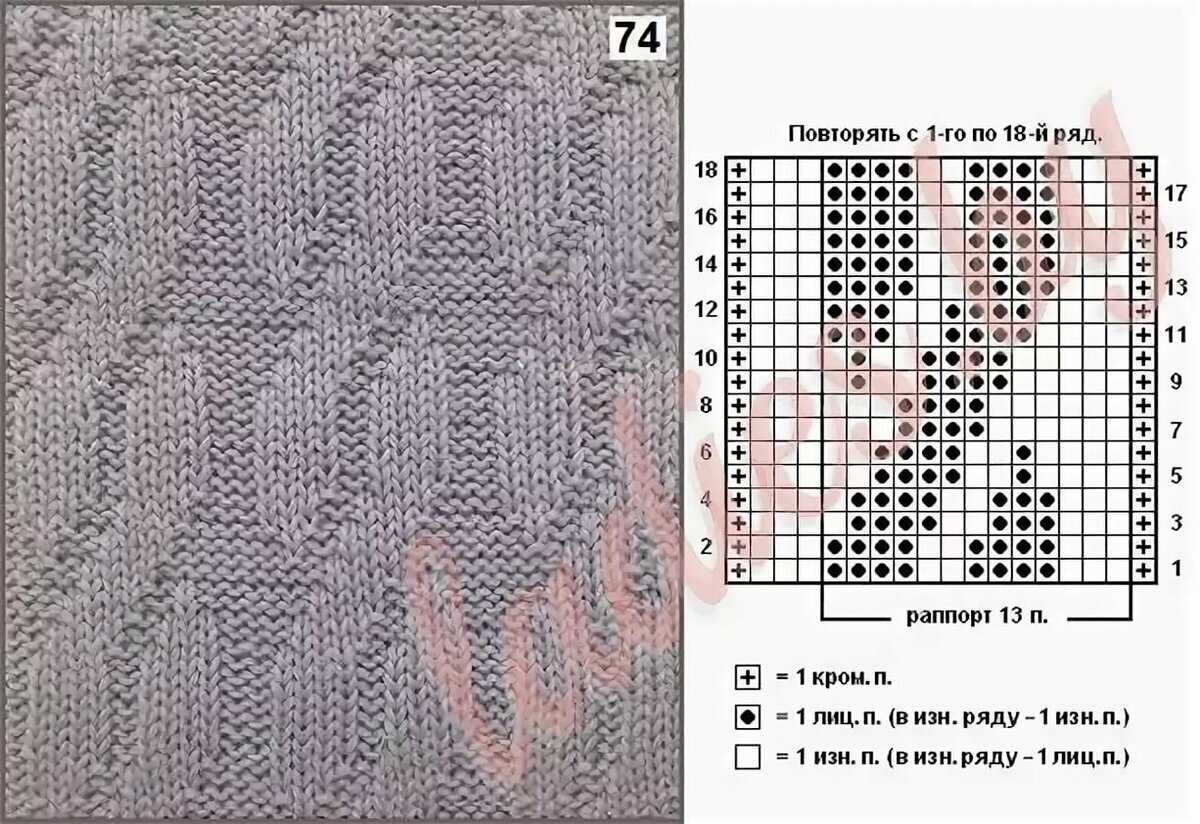
Intarsia is a technique where different colored yarns are used to create specific patterns or designs within the knitted fabric. Combining intarsia with shadow knitting can produce stunning results. By using multiple colors, you can create more detailed and intricate shadow patterns. This technique adds depth and dimension to your knitted piece, making it a true work of art.
2. Lace in Shadow Knitting
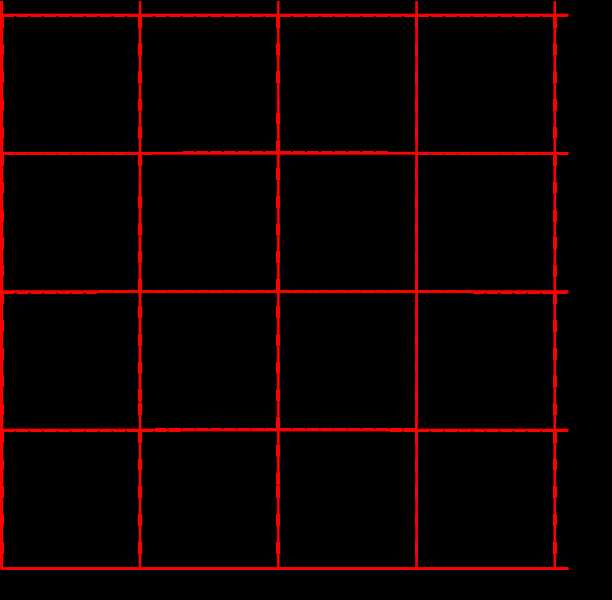
Adding lace motifs to shadow knitting adds a delicate and intricate touch to the fabric. Lace patterns typically involve creating holes or eyelets in the knitting, which can be combined with shadow knitting to create a stunning contrast between the solid and lacy areas. The combination of lace and shadow knitting creates a visually captivating fabric that is both elegant and unique.
3. Gradient Shadow Knitting
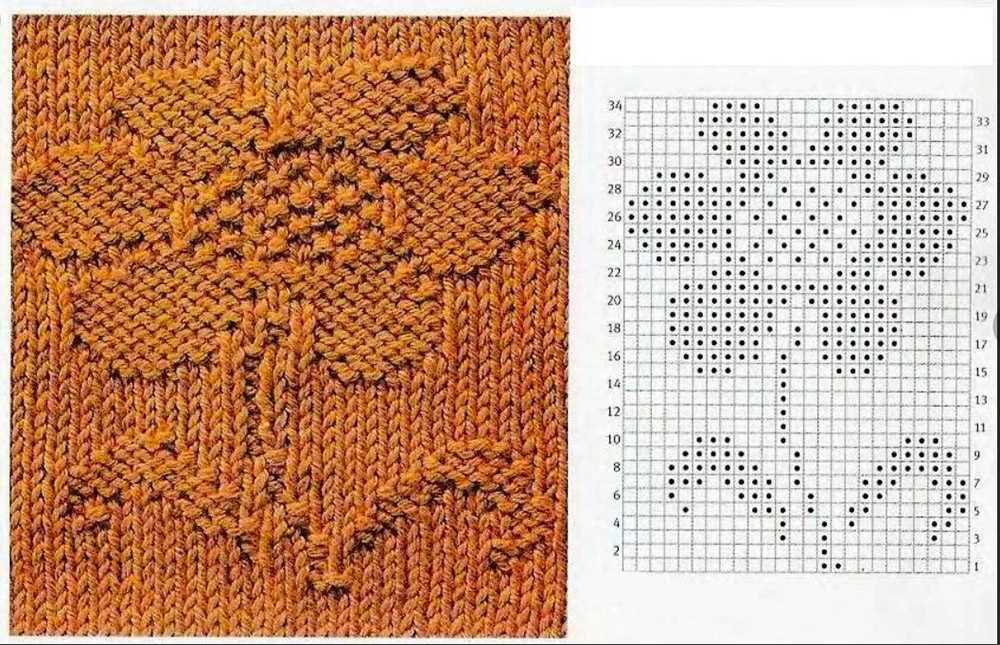
Gradient shadow knitting involves using a gradient yarn or gradually changing colors to create a smooth transition between shades. This technique adds a beautiful ombre effect to the shadow knitting, allowing the pattern to seamlessly flow from one color to another. Gradient shadow knitting can be especially effective in creating mesmerizing designs such as waves, sunsets, or landscapes.
4. Three-Dimensional Shadow Knitting
Three-dimensional shadow knitting takes the technique to a whole new level by adding texture and depth to the fabric. By incorporating raised stitches or incorporating cables into the shadow knitting pattern, you can create a three-dimensional effect that adds an extra layer of visual interest. The resulting fabric not only appears dynamic but also has a more tactile quality.
In conclusion, advanced techniques in shadow knitting allow for endless possibilities in creating unique and visually stunning knitted pieces. Whether it’s incorporating intarsia, lace, gradients, or three-dimensional elements, these techniques open up a whole new world of creativity and innovation in shadow knitting.
Shadow Knitting for Different Types of Projects
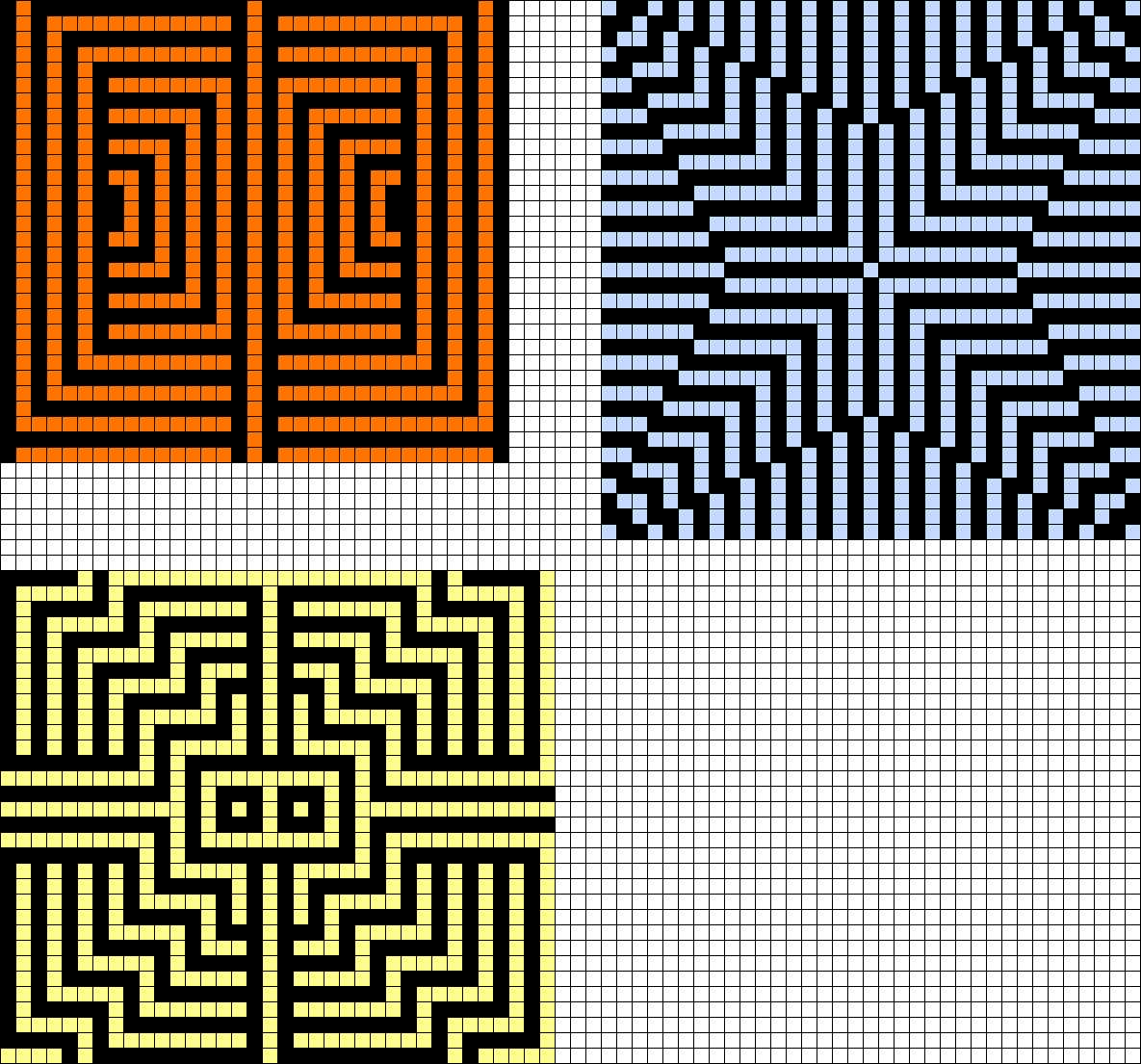
Shadow knitting is a versatile technique that can be used for a variety of projects. Whether you’re a beginner or an experienced knitter, shadow knitting can add an interesting visual element to your work. Here are some ideas for different types of projects you can create using shadow knitting:
Sweaters and Clothing
Shadow knitting can be used to create unique patterns on sweaters and other clothing items. By using contrasting colors and alternating between knit and purl stitches, you can create a design that only reveals itself when viewed from a certain angle. This technique is a great way to add some visual interest to your wardrobe.
Blankets and Afghans
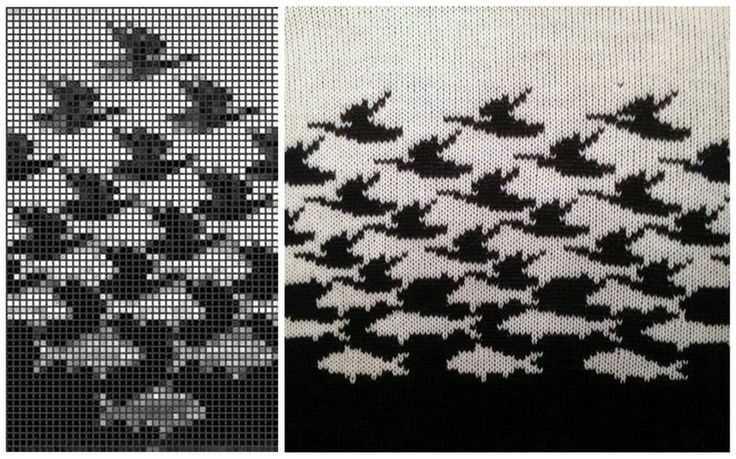
Shadow knitting can also be used to create stunning designs on blankets and afghans. With the large surface area of these projects, you have plenty of space to experiment with different patterns and color combinations. Shadow knitting can add a beautiful textured look to your blankets, making them cozy and visually appealing.
Accessories
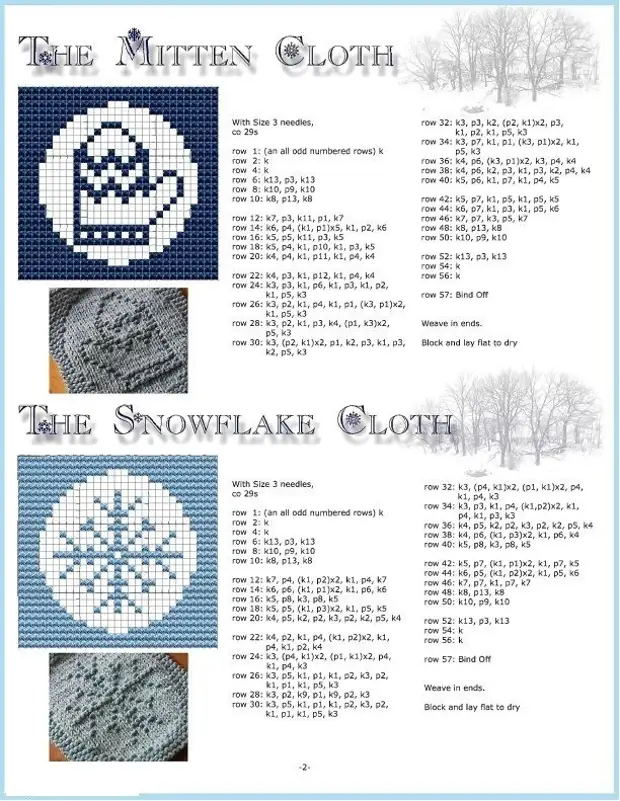
Shadow knitting is not limited to larger projects – it can also be used to create smaller accessories such as scarves, hats, and gloves. These smaller items are a great way to practice the technique and create unique pieces that are sure to stand out. You can experiment with different stitch patterns and color combinations to create accessories that match your personal style.
Home Decor
Shadow knitting can also be used to create eye-catching home decor items. From pillows to wall hangings, the possibilities are endless. You can create custom designs that match your home decor and add an interesting touch to any room. Shadow knitting can be a fun way to personalize your living space and showcase your knitting skills.
No matter what type of project you choose, shadow knitting is a technique that will add depth and intrigue to your knitting. With endless possibilities for patterns and designs, you can create unique and stunning pieces that are sure to impress. So grab your knitting needles and give shadow knitting a try – you won’t be disappointed!